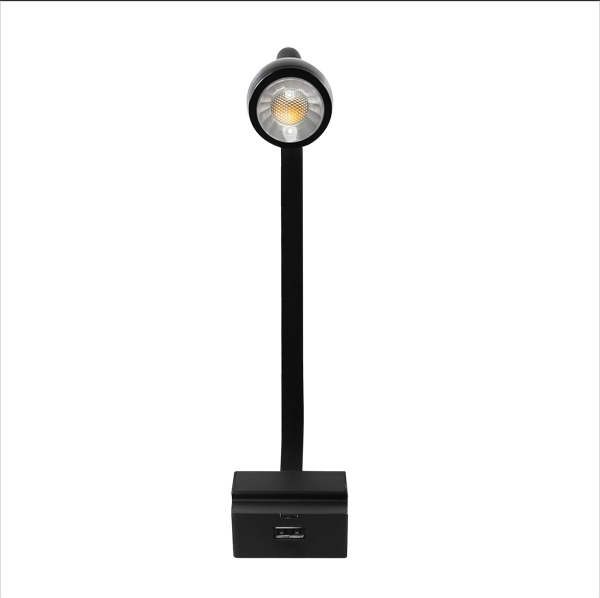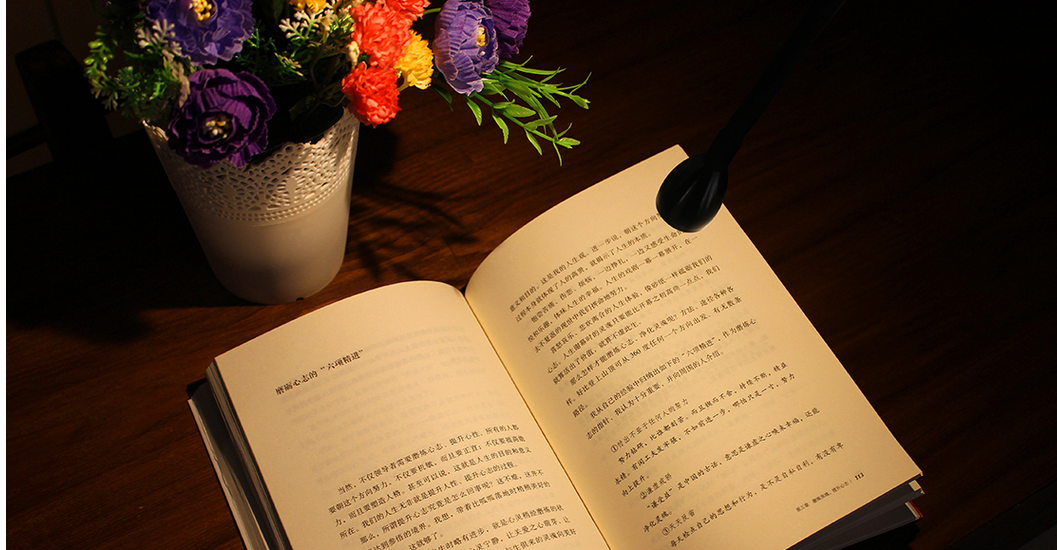The South Korean government formally introduced the “Green LED Lighting Popularization Development Program†at the report of the Green Growth Committee on June 8. Following the "LED Lighting 15/30 Popularization Project" in 2006 and the "LED Industry Development Strategy" in 2008, the Korean government has gradually expanded the use of LED lighting equipment in public utilities and promoted the rapid development of the domestic LED industry in Korea. The local LED penetration rate has reached 14%, and the penetration rate of public institutions has reached 8%. In 2006, there were a total of 260 Korean LED companies. By 2010, it had increased to 830, and large companies are now preparing to enter the international market. However, the domestic LED penetration rate in Korea is only about 2.5% (2010 figure). For this reason, the Korean government is making continuous efforts to launch new policies to encourage the popularization of LED.
At the same time, in order to accomplish the 2020 goal of energy conservation and emission reduction, it is necessary to significantly increase the use of electricity for lighting equipment and speed up the upgrading of lighting equipment, which accounts for 17.3% of the nation’s electricity consumption. By 2020, Korean LED lighting will reach 60% of the country's lighting equipment. To this end, the Korean government launched the "LED lighting 2060 plan (middle and long-term LED roadmap)." The main content of the plan is divided into four aspects:
First, establish the LED lighting universal roadmap
In order to complete the target of 30% and 60% LED penetration in 2015 and 2020 respectively, the Korean government has introduced the LED lighting popularization road map for the next 10 years.
According to the roadmap for popularization, the Korean government will stagely encourage and promote the development of products that meet the development level of LED lighting technology, and implement different types of popularization projects based on the domestic R&D of LED technology and the degree of commercial use. According to the current state of the art, there are incandescent light bulbs, halogen bulbs, light box lighting, and safety lights that can be replaced. The replacement of related equipment will begin formally this year.
In addition, considering that the technology of fluorescent lamps, high-intensity discharge lamps, street lamps, etc. needs further advancement, the replacement of these lighting equipment will be postponed until 2012.
Second, open up the LED lighting market in the public sector
As the LED lighting popularization project of large-scale public utility companies is actively promoted, it is expected to expand market demand and expand the initial market in the future. To this end, the government has actively increased the amount of subsidy installations, and the range of subsidies provided has expanded from existing local governments and a few institutions to all public utilities. The cost subsidy has been expanded from the current 50% to 70%. The proportion of state support amounts is considered in the light of local governments’ and organizations’ financial self-financing capabilities and the degree of local development.
In addition, plans to expand the popularity of large-scale public LED lighting projects and expand support. South Korea's four major rivers, Sejong City, and industrial parks will require large-scale public facilities to install LED lighting equipment. The lighting of roads and transportation equipment such as subways, public transportation, street lamps, and railway lighting began to replace LEDs in 2012.
At the same time, after field visits, schools and other educational facilities also need to carry out periodic LED replacements. Taking into consideration the local government's ability to popularize LED and financial budget, a group of LED lighting demonstration cities will be selected to implement the "LED lighting pilot cities" project.
Third, increase the general public's demand for LED
The promotion of LED high-efficiency lighting in general buildings and houses needs to expand its scope in stages. Through the revision of "Building Energy-saving Facilities Standards" to increase the installation efficiency of LED and other efficient lighting equipment. Metro station parking lot lights, sensor lights and other LED high-efficiency lighting equipment will undergo periodical replacement.
The newly-built housing will implement the revised “Standards and Performance for Design of Environmentally-Friendly Housingâ€, and the completed housing will implement a policy of paid replacement. Large-scale R&D projects initiated by public utilities such as urban development projects will advance the process of LED efficient lighting installation. Outdoor light boxes in public places such as gas stations will expand their scope of use in accordance with the newly revised outdoor billboard management law.
To this end, South Korea will gradually increase the amount of low-interest financing of LED-ESCO, and its amount has increased from 50 billion won in 2011 to 300 billion won in 2015. It will also extend the time limit for tax-free investment in LED lighting, reduce the financial burden on companies, and provide support for increasing private demand.
The implementation of LED carbon trading system can reduce the price of LED lighting equipment by 30%, and increase the demand for LED lighting equipment replacement by 26% of consumers in the country. Compared with the government's investment in promoting the popularization of LED, it is better to promote the popularization of LED by improving the system. From 2011 to 2015, it will provide private subsidies of up to 100 billion won for traditional markets and small billboards to promote the popularity of LED.
Fourth, build a foundation for the popularization of LED
South Korea has increased its research and development of LED core materials and components. The efficiency of LED lighting equipment will increase, and prices will decline. In the future, the development of personalized advanced lighting technologies such as LED system lighting using IT technology will also be promoted.
In order to increase consumer confidence in LED lighting, the government will continue to expand the range of LED standards and certified products. High-quality LED lighting devices such as light efficiency, color, and longevity will become LED products that consumers are more willing to accept. In the future, the publicity system for comparative evaluation results of LED lighting products will be introduced to strengthen the after-sales service management of LED products.
At the same time, an LED product forum focusing on the general public will be established; the distribution of responsibility between LED large enterprises and small and medium-sized enterprises and organic cooperation systems will be strengthened to promote the common growth of large and medium-sized enterprises, and to find a success for the LED industry. Business development model.
Led Flexible Light also called Reading Table Light, Led Bed Light , Flexible Usb Charging Light, desk portable reading light. It can be applied for the bedside, home, hotel reading lighting and can also be used as spot light for shelf lighting.
Features
-
2200k color temperature design, comfortable for sleeping, suitable reading intensity
-
High luminous efficiency, high CRI, small color difference,small angle light
-
Switch on and off by pushing the lens in the head of lights
-
With USB charging function
Parameter
Voltage 12V/24V
Power 3W
CRI >90
Efficiency 80Lm/W
Protection IP20
Beam angle 60°
USB 5V, 2A, Max 10W
Compatable driver output DC 12V/24V, 15W


FAQ:
Q1. Can I have a sample order for led light?
A: Yes, we welcome sample order to test and check quality. Mixed samples are acceptable.
Q2. What about the lead time?
A:Sample needs 3-5 days, mass production time needs 1-2 weeks for order quantity more than
Q3. Do you have any MOQ limit for led light order?
A: Low MOQ, 1pc for sample checking is available
Q4. How do you ship the goods and how long does it take to arrive?
A: We usually ship by DHL, UPS, FedEx or TNT. It usually takes 3-7 days to arrive. Airline and sea shipping also optional.
Led Flexible Light,Flexible Usb Charging Light,Led Bed Light,Reading Table Light
Shenzhen Jedver Smart Lighting Co., Ltd. , https://www.jederwell.com
